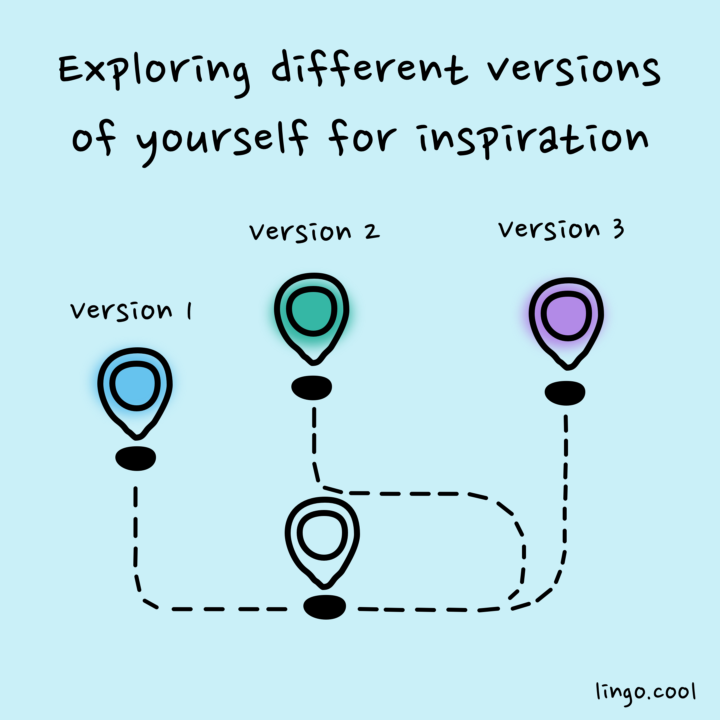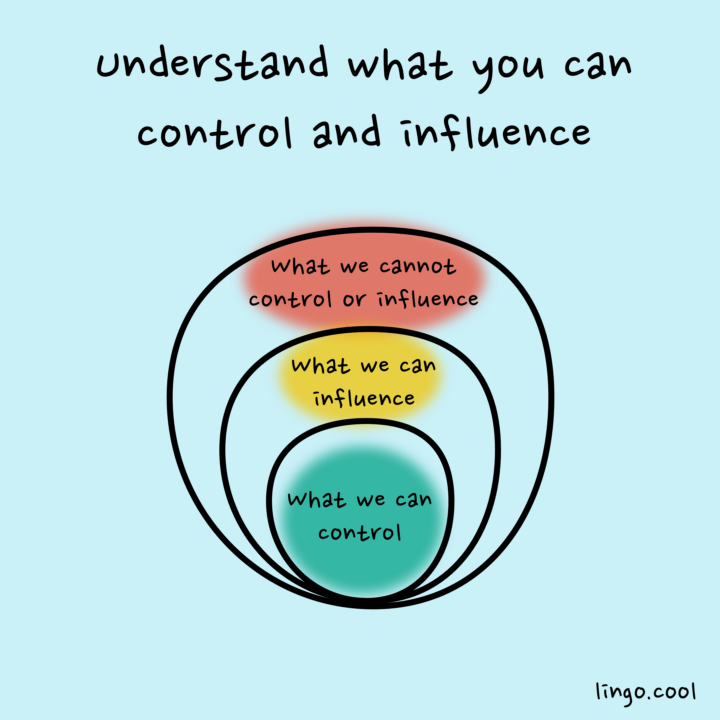When you were a kid were you ever asked, what do you want to be when you grow up? Whether you said astronaut, singer, or marine biologist, we chose things that we thought would be cool to do without limiting ourselves.
My experience at school didn’t help me find what I wanted to do. As a result, it felt like I went blindly through the education system and was spat out at the end then fell into a career path. Many of us live on purpose by accident instead of living on purpose with purpose. Following paths that we think is the right thing to do but not necessarily right for us. Forgetting to imagine what we could be.
Many of us may feel reluctant to change our current situation, one explanation is the sunk cost fallacy. This is when we are reluctant to abandon an existing course because we feel we have invested too much into it. This can apply to many things in life such as relationships, jobs, businesses etc. Another explanation is phycological as we put limits on ourselves making it unlikely for us to change our current situation.
Philosopher Derek Parfet said “We Might neglect our future selves because of some failure of belief or imagination”
The idea behind this process is that anyone can apply these principles to design a more satisfying life. Helping you overcome the feeling of being stuck giving you a sense of agency to design your personal and professional life.
Step 1 – You will be different in the future
Dan Gilbert say that “Human beings are works in progress that mistakenly think they’re finished” We underestimate the amount of change that we may experience in a five to ten year period and this limits our imagination on the person we could become.
One way to understand how much change you may experience in the future is by looking at what has changed in the past five to ten years.
How different are your:
- Friends, family, job, living situation?
- Tastes and interests?
- Opinions?
- Behaviours? i.e. decision-making process, how you handle situations.
Interestingly people think that the current point in their life is when they will experience less change compared to the past. However this is not the case and you will experience a number of changes in life that will result in you being a different person.
In his famous Oscar acceptance speech Mathew McConaughey said his hero was a version of himself in the future that he aspired to be. Thinking about who you want to be in the future can have a positive impact on your present. This is because it gives you something to strive for.
You may be thinking I can adopt a positive mindset on who I could be in the future, however I don’t know what I want to do. That takes us to the next step.
Step 2 – Get to know yourself
Be curious about yourself and understanding when you feel most engaged. Understand what is driving those feelings both positive and negative.
What fills your bucket?
- Activities, moments and situations that give you flow, joy, energy?
- What working environments do you enjoy working in (people, teams, etc)?
What empties your bucket?
- Activities, moments and situations that drain you?
Finding the patterns will help you in designing both your career and your life.
Also ask yourself:
- What skills do you use across different areas?
- What are you good at?
- What do people tell you that you are good at?
Find your drive?
Purpose gives us meaning to our action in life. In Dan Pink’s book drive he breaks down human motivation into three elements:
- Purpose: The reason why we are doing something
- Autonomy: Self determination over how you do it
- Mastery: Progress and growth
One way to understand how to find your purpose is asking the following questions:
- Purpose: What problem do you want to solve?
- Autonomy: How do you want to solve it?
- Mastery: What do you need to learn to solve it?
Finding your purpose will help you to be intrinsically motivated by what you are doing because of self-determination, learning possibilities and meaningful goals.
Find your balance
There are many facets to our lives, and these can be broken down into:
- Health: Physical, Mental and Emotional
- Work: Career, Public service
- Play: What you do for fun
- Relationships: Friends, Family, Love
We need to find a healthy balance and understand how these things might change over time. You may be too focused on work, which may negatively impact the other elements. It may even result in you neglecting an area that may be important in the future like your health. So understand where you are and where you want to be is important in deciding how you balance your time amongst these areas.
Step 3 – Exploring different versions of yourself for inspiration

There are multiple direction we could take our lives, therefore it is difficult to know if we are making the right choice. There’s no single choice that will lead to a perfect life, just like there is not one perfect life. All the possibilities available to you may not be immediately apparent, to help you see these possibilities you can consider the following three scenarios.
Optimize: How could make the best out of my current situation?
This involves focusing on the opportunities that are available to you and what improvements you could make. You’ve identified what you enjoy, so is there an opportunity to shift your work to do more of that.
PIVOT: What would you do if you could not do what you do today?
This may be related to what you are currently doing but different. Using some of your skills and talents. This may present potential opportunities for sideways moves, with some upskilling. If you work in a large organization these opportunities may exist without you needing to leave the company.
- What kind of role do you want to work in?
- What new skill could you develop?
UNCONVENTIONAL: Are there any wild dreams you had or have. Things you would do if judgment was not an issue.
This approach will help you generate a lot of ideas to consider and explore. So write down all the ideas that come to mind in these scenarios. What you decide to do may be a combination of ideas from these three scenarios. You can also revisit other ideas at a later date if you change your mind on a certain path.
So once you have some ideas on what you want to do in the future. Understand what areas you need to develop in.
Step 4 – Understand your future with small experiments
We learn what we like through practice not theory, so to understand what your future self is like you need to experience it and there are several ways you can do this.
Network
There is someone that is doing what you want to do in the future, so an easy way to understand of what that future may look like is talking to someone.
You can ask them:
- How they got to where they are today?
- What is it like doing what they do?
- What are the positives and negatives about it?
- What would be their advice on how you could get where they are?
Take a class
If you are looking to break into a new field taking a class will give you an understanding of certain aspects of the work.
- If you don’t like it, find something new and start another course.
- If you do like it, keep learning and practicing.
Explore topics to see what you find are interesting. This creates opportunities to discover new interests and strengths. There is a lot of learning material available for free, that you can explore without committing any money.
Try before you buy
There are a few ways to explore the professional experience of your future self.
- Volunteering
- Job shadowing, short-term assignment, small project at work
- Personal project, side hustle.
The goal of all these activities is to get an understanding on what your future self could look like to reduce the risk of regretting your choices later down the line.
Your future may be different to what you initially set it out to be, however this process is about understanding what you can control to actively shape your future.

Ask yourself the following questions:
- In 5 or 10 years time, what decision are you going to wish you made today.
- What would be the coolest thing I could be doing in 5 to 10 years
Check out part 2 HERE

